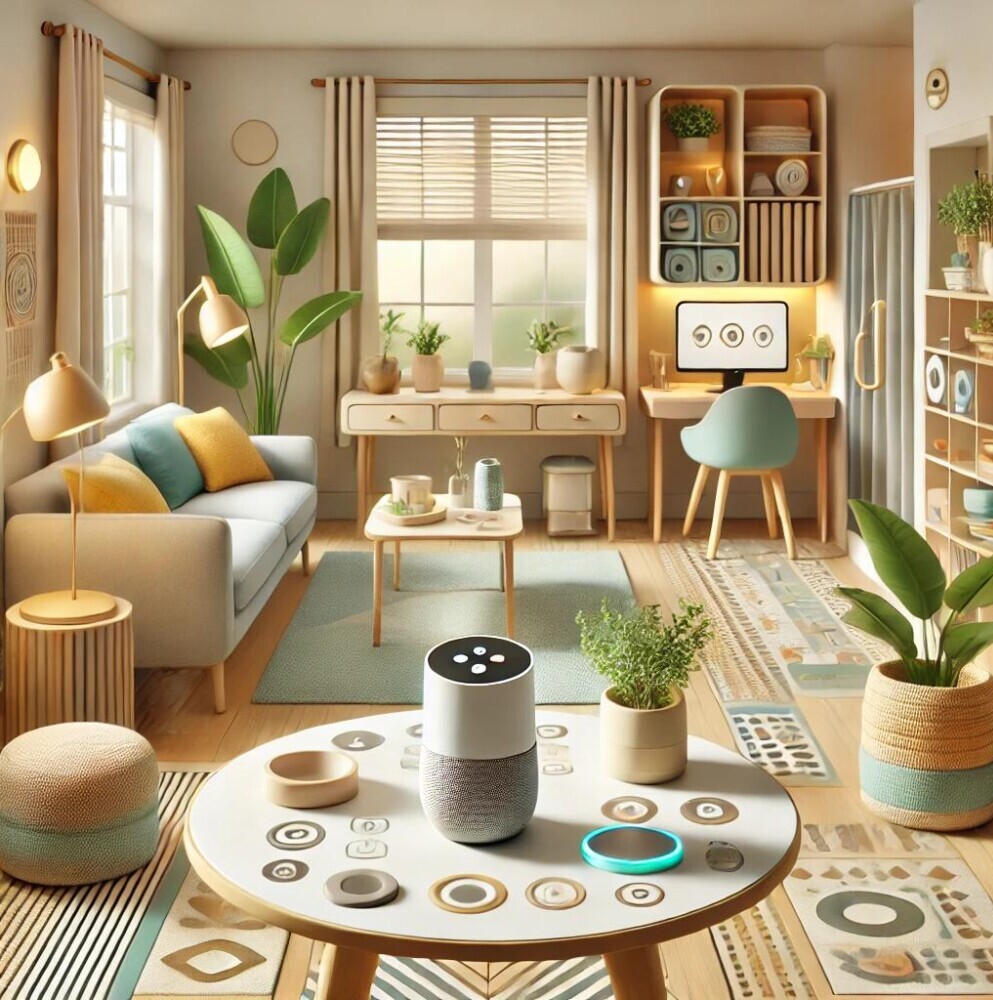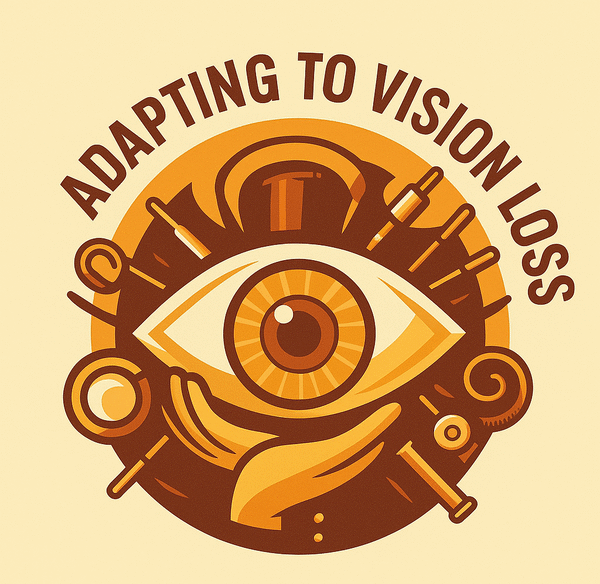 When adjusting to vision loss, creating a safe, accessible, and functional home environment is a top priority. Small modifications and thoughtful organization can make daily living easier and more enjoyable. Here are practical strategies to help you prepare your home for vision loss.
When adjusting to vision loss, creating a safe, accessible, and functional home environment is a top priority. Small modifications and thoughtful organization can make daily living easier and more enjoyable. Here are practical strategies to help you prepare your home for vision loss.
1. Enhance Lighting
Proper lighting is crucial for individuals with vision impairments. Consider these tips:
- Install brighter bulbs: Opt for LED lights that emit bright, even lighting.
- Task lighting: Add adjustable lamps in areas where detailed activities, like reading or cooking, occur.
- Reduce glare: Use lampshades or curtains to soften harsh light and prevent glare.
2. Organize and Declutter
A well-organized home reduces accidents and increases efficiency:
- Designate specific spots for essentials: Keys, wallets, and other daily items should have fixed locations.
- Remove tripping hazards: Clear pathways of clutter, rugs, or cables.
- Label storage areas: Use tactile markers, such as braille labels or raised dots, to identify items easily.
3. Use High-Contrast Features
Incorporating contrast can help differentiate objects and spaces:
- Contrast colors: Use dark and light color combinations on furniture, countertops, and walls.
- Mark edges: Apply bright tape or paint to stair edges and corners for visibility.
- Contrast for appliances: Use stickers or raised dots to mark frequently used buttons on microwaves, ovens, or remotes.
4. Incorporate Technology
Technology can enhance independence:
- Voice-activated devices: Smart assistants like Amazon Alexa or Google Home can control lights, provide reminders, and answer questions.
- Smart home apps: Use apps to adjust thermostats, check security cameras, or even locate misplaced items.
- Accessible tools: Screen readers, magnifiers, and talking devices can simplify tasks.
5. Modify Key Areas of the Home
Adapting specific areas of your home ensures better functionality:
- Kitchen:
-
- Use tactile markers on stove dials and appliances.
- Opt for safety knives and cutting boards with raised edges.
- Store frequently used items within easy reach.
- Bathroom:
-
- Install grab bars near the toilet and shower.
- Use non-slip mats to prevent falls.
- Label toiletries with tactile indicators.
- Bedroom:
-
- Place nightlights to illuminate pathways.
- Keep a flashlight or phone by the bedside for emergencies.
- Use a clock with large numbers or an audio feature.
6. Create a Supportive Environment
A supportive environment fosters confidence and independence:
- Communicate changes: Let family and friends know about the modifications you’ve made.
- Invite collaboration: Seek input from low-vision specialists or occupational therapists.
- Encourage habits: Practice placing items back in their designated spots to maintain order.
7. Focus on Safety
Safety is a cornerstone of preparing your home for vision loss:
- Fire safety: Install smoke and carbon monoxide detectors with audio and visual alerts.
- Emergency plans: Create a clear evacuation route and keep emergency contacts accessible.
- Security measures: Consider smart locks or doorbells that provide voice alerts.
Conclusion
Preparing your home for vision loss doesn’t mean sacrificing comfort or style. By enhancing lighting, organizing spaces, incorporating technology, and focusing on safety, you can create a home that supports your independence and well-being. These changes not only improve functionality but also empower you to navigate daily life with greater ease and confidence.
